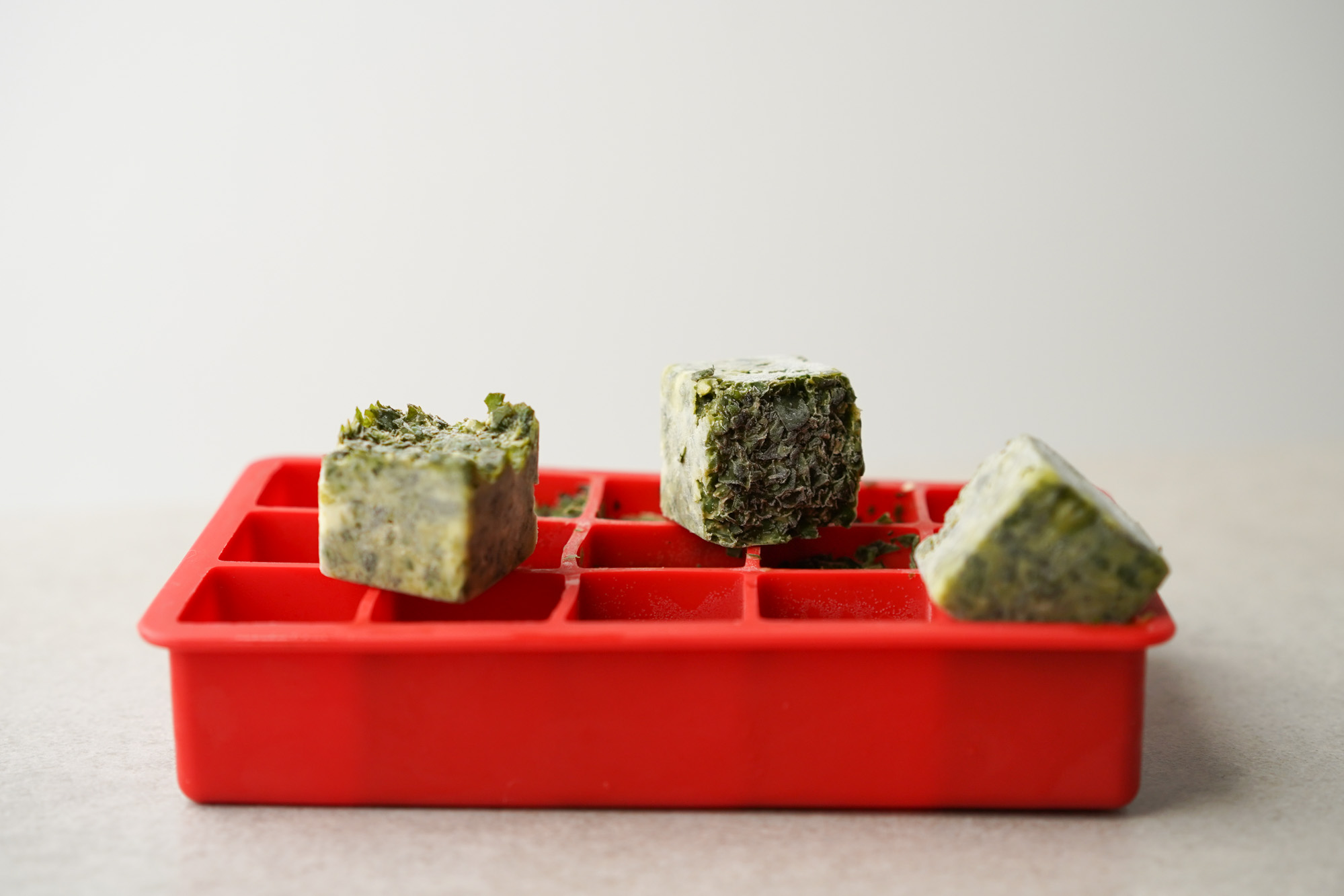

Articles
How To Preserve Basil In Freezer
Modified: August 27, 2024
Learn the best method to preserve basil in the freezer with this helpful article. Find out how to keep the fresh taste and aroma of basil for longer storage.
(Many of the links in this article redirect to a specific reviewed product. Your purchase of these products through affiliate links helps to generate commission for Storables.com, at no extra cost. Learn more)
Introduction
Preserving basil is a great way to extend its shelf life and ensure that you have a fresh supply of this aromatic herb all year round. While drying basil is a common preservation method, freezing basil can preserve its flavor and aroma much better. Freezing basil allows you to enjoy the vibrant taste of this herb in your recipes, even during the colder months when fresh basil might not be readily available.
Freezing basil is a simple process that can be done at home with just a few tools and minimal effort. Whether you have a surplus of basil from your garden or want to take advantage of a great deal at your local farmer’s market, freezing basil allows you to store it for later use without compromising its taste and quality.
In this article, we’ll guide you through the steps to freeze fresh basil properly. We’ll cover everything from harvesting the basil to storing it in freezer bags. By following these steps, you’ll be able to preserve the vibrant flavor and aroma of basil, ensuring that you have a supply of this versatile herb whenever you need it.
Key Takeaways:
- Preserve the vibrant flavor and aroma of basil year-round by freezing it. Enjoy the convenience, versatility, and cost-effectiveness of frozen basil in a variety of recipes without compromising its freshness.
- With minimal effort, freeze basil to retain its vibrant green color and delicate flavor. From harvesting to storing, follow simple steps to ensure a year-round supply of this aromatic herb.
Read more: How To Store Fresh Basil In The Freezer
Why Freeze Basil?
Freezing basil offers several advantages over other preservation methods such as drying or storing it in oil. Here are some reasons why freezing basil is a great choice:
- Preserves Freshness: Freezing basil helps to retain its vibrant green color, fresh aroma, and delicate flavor. Unlike drying, which can result in a loss of flavor and color, freezing basil allows you to enjoy its true taste and aroma even after it has been thawed.
- Convenient Availability: By freezing basil, you can have access to this herb at any time of the year. Whether it’s summertime when fresh basil is abundant or in the middle of winter when it’s not readily available, having frozen basil in your freezer ensures that you can add its unique flavor to your dishes whenever you want.
- Versatility in Recipes: Frozen basil can be used in a variety of recipes, including soups, sauces, stews, marinades, and more. It adds a fresh and lively flavor to your dishes, making them even more enjoyable. By freezing basil, you can elevate the taste of your meals without the need to rely solely on dried herbs.
- Minimal Preparation: Preserving basil by freezing requires very little preparation. Once you have harvested the basil and gone through the blanching and flash freezing process, it can be conveniently stored in freezer bags until you’re ready to use it. This makes freezing basil a time-saving and hassle-free preservation method.
- Cost-effective: If you have an abundance of fresh basil, freezing it can help you avoid wastage and save money in the long run. Instead of letting the excess basil go to waste, freezing it allows you to extend its shelf life and make the most out of your harvest or purchase.
Overall, freezing basil is a simple and effective way to preserve its freshness, flavor, and aroma. By doing so, you’ll always have a stash of this fragrant herb on hand to enhance the taste of your favorite recipes, regardless of the season.
What You’ll Need
Before you start freezing basil, gather the following items:
- Fresh Basil: Harvest or obtain fresh basil leaves. Look for leaves that are vibrant green and free from any wilting or discoloration.
- Large Bowl: Prepare a large bowl to hold water and ice for the blanching process.
- Strainer: You’ll need a strainer or colander to rinse the basil leaves.
- Blanching Pot: A blanching pot or a large pot with a steamer basket will be used to blanch the basil leaves. This pot should be deep enough to fully immerse the basil leaves in boiling water.
- Ice Water Bath: Fill a large bowl or basin with ice water to quickly cool down the blanched basil leaves.
- Freezer Bags: Prepare freezer bags or airtight containers to store the frozen basil. Ensure that they are of a suitable size to accommodate the amount of basil you plan to freeze.
- Permanent Marker: To label and date the freezer bags, have a permanent marker handy.
- Freezer: Lastly, you’ll need a freezer or freezer space to store the frozen basil.
Having these items ready before you start the freezing process will help you streamline the process and ensure that you’re well-prepared for each step.
Now that you have everything you need, let’s move on to the step-by-step process of freezing basil and preserving its flavor and aroma for future use.
Step 1: Harvesting Basil
The first step in freezing basil is harvesting fresh leaves from your basil plant. Here’s how to do it:
- Choose the right time: Harvest basil in the morning when the leaves are at their most flavorful and aromatic.
- Inspect the plant: Look for healthy basil leaves that are free from any signs of damage or disease. Avoid harvesting flowers, as they can have a bitter taste.
- Use sharp scissors or shears: Cut the basil stems just above a pair of leaves. This will encourage new growth and help your plant continue to produce throughout the season.
- Harvest young leaves: For the best flavor, harvest the young leaves at the top of the plant. These leaves tend to have a milder flavor compared to the older leaves found lower on the plant.
- Harvest as needed: If you have a large basil plant, you can harvest leaves as needed, ensuring that you always have fresh basil on hand without wasting any.
Remember to harvest basil regularly to encourage the growth of new leaves. This will result in a more productive plant and a continuous supply of fresh basil throughout the growing season.
Once you have harvested the basil, it’s time to move on to the next step: washing the basil leaves to remove any dirt or debris.
Step 2: Washing Basil
After harvesting the basil leaves, it’s important to wash them thoroughly to remove any dirt, insects, or residues. Here’s how to properly wash basil:
- Fill a large bowl or sink with cool water.
- Place the harvested basil leaves into the water and swish them gently around.
- Allow the leaves to soak for a few minutes to loosen any dirt or debris.
- Using a colander or strainer, drain the water from the bowl, ensuring that the basil leaves are thoroughly rinsed.
- Inspect the leaves for any remaining dirt or insects, and repeat the process if necessary.
By washing the basil leaves, you’ll remove any impurities and ensure that the frozen basil is clean and safe for consumption.
Once the basil leaves are clean, it’s time to move on to the next step: blanching the basil to preserve its flavor and color during freezing.
Read more: How To Preserve Lemongrass
Step 3: Blanching Basil
Blanching basil is an essential step in preserving its vibrant color and fresh flavor. The blanching process involves briefly immersing the basil leaves in boiling water, followed by an immediate plunge into ice water to stop the cooking process. Here’s how to blanch basil:
- Fill a large pot with water and bring it to a rolling boil.
- Prepare an ice water bath in a separate bowl or sink by filling it with cold water and ice cubes.
- Submerge the basil leaves into the boiling water for about 10-15 seconds.
- Using a slotted spoon or tongs, quickly transfer the blanched basil leaves into the ice water bath.
- Let the basil leaves sit in the ice water bath for about 2-3 minutes to cool down completely.
- Once cooled, remove the basil leaves from the ice water bath and drain them well.
The blanching process helps to preserve the vibrant green color of the basil leaves while also partially cooking them to destroy enzymes that can cause the basil to lose its flavor and aroma during freezing.
Now that you’ve successfully blanched the basil leaves, it’s time to proceed to the next step: flash freezing the basil to prevent it from clumping together in the freezer.
To preserve basil in the freezer, chop it finely and place it in an ice cube tray. Fill the tray with olive oil and freeze. Once frozen, transfer the basil cubes to a resealable plastic bag for easy storage and use in cooking.
Step 4: Flash Freezing Basil
Flash freezing basil involves spreading out the blanched leaves on a baking sheet and freezing them individually before transferring them to freezer bags. This method prevents the basil leaves from sticking together, making it easier for you to retrieve the desired amount when needed. Here’s how to flash freeze basil:
- Prepare a baking sheet by lining it with parchment paper or a silicone mat.
- Take the blanched basil leaves and arrange them in a single layer on the prepared baking sheet. Make sure they are not overlapping.
- Place the baking sheet in the freezer and let the basil leaves freeze for about 1-2 hours or until they are fully frozen.
- Once the basil leaves are frozen, remove the baking sheet from the freezer.
- Quickly transfer the frozen basil leaves into freezer bags, making sure to squeeze out any excess air before sealing the bags tightly.
Flash freezing the basil leaves individually helps to prevent them from clumping together, allowing you to easily retrieve the desired amount of basil for your recipes without having to thaw the entire batch.
With the basil leaves now flash frozen and stored in freezer bags, it’s time to move on to the next step: labeling and dating the basil for easy identification.
Step 5: Storing Basil in Freezer Bags
After flash freezing the basil leaves, the next step is to transfer them into freezer bags for long-term storage. Properly storing the basil ensures that it stays fresh and maintains its flavor for an extended period. Here’s how to store basil in freezer bags:
- Take the freezer bags and open them, ensuring that they are clean and free from any debris.
- Carefully transfer the frozen basil leaves from the baking sheet into the freezer bags. It’s helpful to use a spatula or your hands to gently lift the basil leaves and place them into the bags.
- Spread out the basil leaves in a single layer within the freezer bags, taking care not to overcrowd them.
- Squeeze out any excess air from the bags to minimize the risk of freezer burn.
- Seal the freezer bags tightly, ensuring that they are properly closed to prevent any air or moisture from entering.
By storing the basil in freezer bags, you create a barrier against moisture and air, which can deteriorate the quality of the basil. Properly sealed freezer bags help to maintain the freshness and flavor of the basil leaves for an extended period.
Now that you have stored the basil in freezer bags, it’s time to move on to the next step: labeling and dating the basil for easy identification.
Step 6: Labeling and Dating Basil
Labeling and dating the frozen basil is an important step to keep track of its freshness and ensure that you are using it within the recommended time frame. Properly labeled bags make it easy to identify the contents and prevent any confusion in the future. Here’s how to label and date your frozen basil:
- Using a permanent marker, write the current date on each freezer bag that contains the frozen basil leaves. This will help you keep track of when the basil was frozen.
- Label the bags with the name of the herb, in this case, “Basil,” to easily identify them in your freezer.
- Optionally, you can also note the quantity of basil in each bag if you have stored different amounts.
Properly labeling and dating your frozen basil ensures that you can easily identify the contents and use them within the recommended time frame. It also helps you maintain an organized freezer, allowing you to locate the basil quickly when needed.
Now that you have labeled and dated the basil, it’s time to move on to the final step: using the frozen basil in your recipes.
Read more: How To Store Dried Basil
Step 7: Using Frozen Basil
Now that you have successfully frozen and stored your basil, it’s time to enjoy its aromatic flavor in your recipes. Here are some tips on how to use frozen basil:
- Thawing: When you’re ready to use the frozen basil, simply remove the desired amount from the freezer and let it thaw in the refrigerator. Alternatively, you can use the frozen leaves directly in cooked dishes without thawing.
- Cooking: Frozen basil is perfect for adding to cooked dishes such as soups, stews, sauces, and stir-fries. Simply chop or crumble the thawed basil leaves and add them to your recipe, adjusting the amount to suit your taste.
- Pesto and Sauces: Frozen basil is great for making pesto or adding to tomato sauces. Once thawed, blend the basil leaves with garlic, nuts, cheese, and olive oil to make a delicious homemade pesto sauce.
- Baking: You can also incorporate frozen basil into baked goods such as bread, scones, or savory muffins. Thaw the basil and chop it finely before adding it to your dough or batter.
- Garnish: Sprinkle some thawed basil leaves on top of finished dishes as a fresh and flavorful garnish. It adds a pop of green color and a burst of herbaceous aroma to your presentation.
Remember, frozen basil may have a slightly softer texture compared to fresh basil, but it will still impart its delightful taste to your recipes. Experiment with different dishes to see how frozen basil can enhance flavors and bring an element of freshness to your meals.
With these simple steps and tips, you can now freeze basil and enjoy its vibrant flavor and aroma all year round. Whether you’re preserving an abundant harvest or taking advantage of fresh basil in season, freezing basil is a convenient and effective way to ensure you always have this versatile herb on hand.
So, go ahead and start freezing your basil today, and elevate your culinary creations with the delightful taste of this aromatic herb!
Conclusion
Preserving basil by freezing is a fantastic way to extend its shelf life and ensure that you have a supply of fresh, aromatic herbs at your fingertips throughout the year. By following the steps outlined in this article, you can easily freeze basil and enjoy its vibrant flavor and aroma in a variety of recipes.
Freezing basil offers several advantages, including preserving its freshness, convenient availability, versatility in recipes, minimal preparation, and cost-effectiveness. Compared to other preservation methods, freezing basil retains its vibrant green color, fresh aroma, and delicate flavor much better.
The process of freezing basil involves harvesting fresh basil leaves, washing them thoroughly, blanching them briefly in boiling water, flash freezing them on a baking sheet, and then storing them in freezer bags. Proper labeling and dating of the basil ensure easy identification and use.
When it comes to using frozen basil, you can either thaw it before using it in cooked dishes or add it directly to your recipes without thawing. Frozen basil is perfect for soups, sauces, stews, pesto, baking, and garnishing. It imparts its delicious flavor to your dishes, adding a touch of freshness and vibrancy.
In conclusion, freezing basil allows you to enjoy the taste of this aromatic herb even when it’s out of season or in short supply. With its vibrant flavor and numerous culinary uses, frozen basil makes a valuable addition to any kitchen pantry. Give it a try, and elevate your dishes with the delightful taste of frozen basil throughout the year.
Frequently Asked Questions about How To Preserve Basil In Freezer
Was this page helpful?
At Storables.com, we guarantee accurate and reliable information. Our content, validated by Expert Board Contributors, is crafted following stringent Editorial Policies. We're committed to providing you with well-researched, expert-backed insights for all your informational needs.
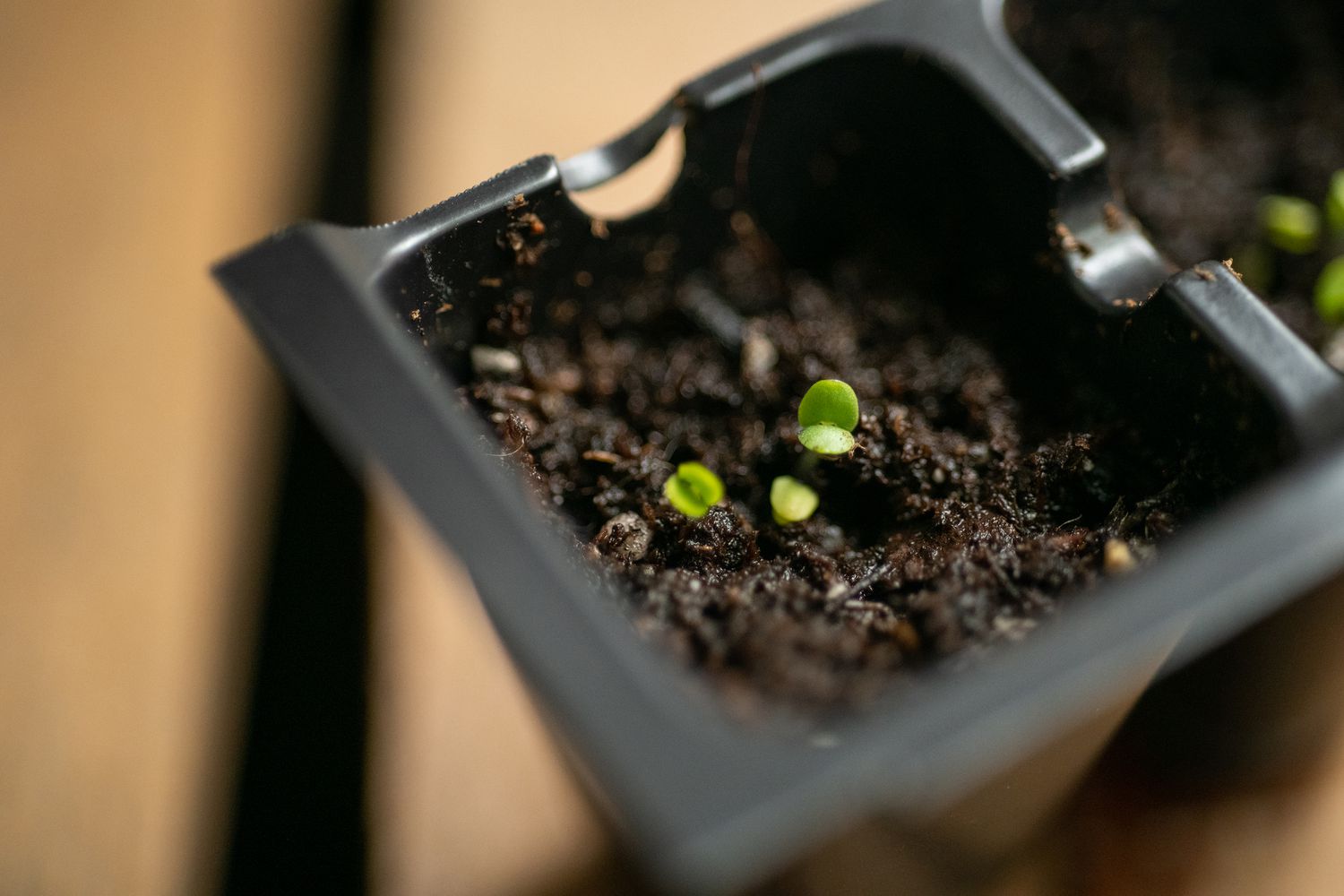
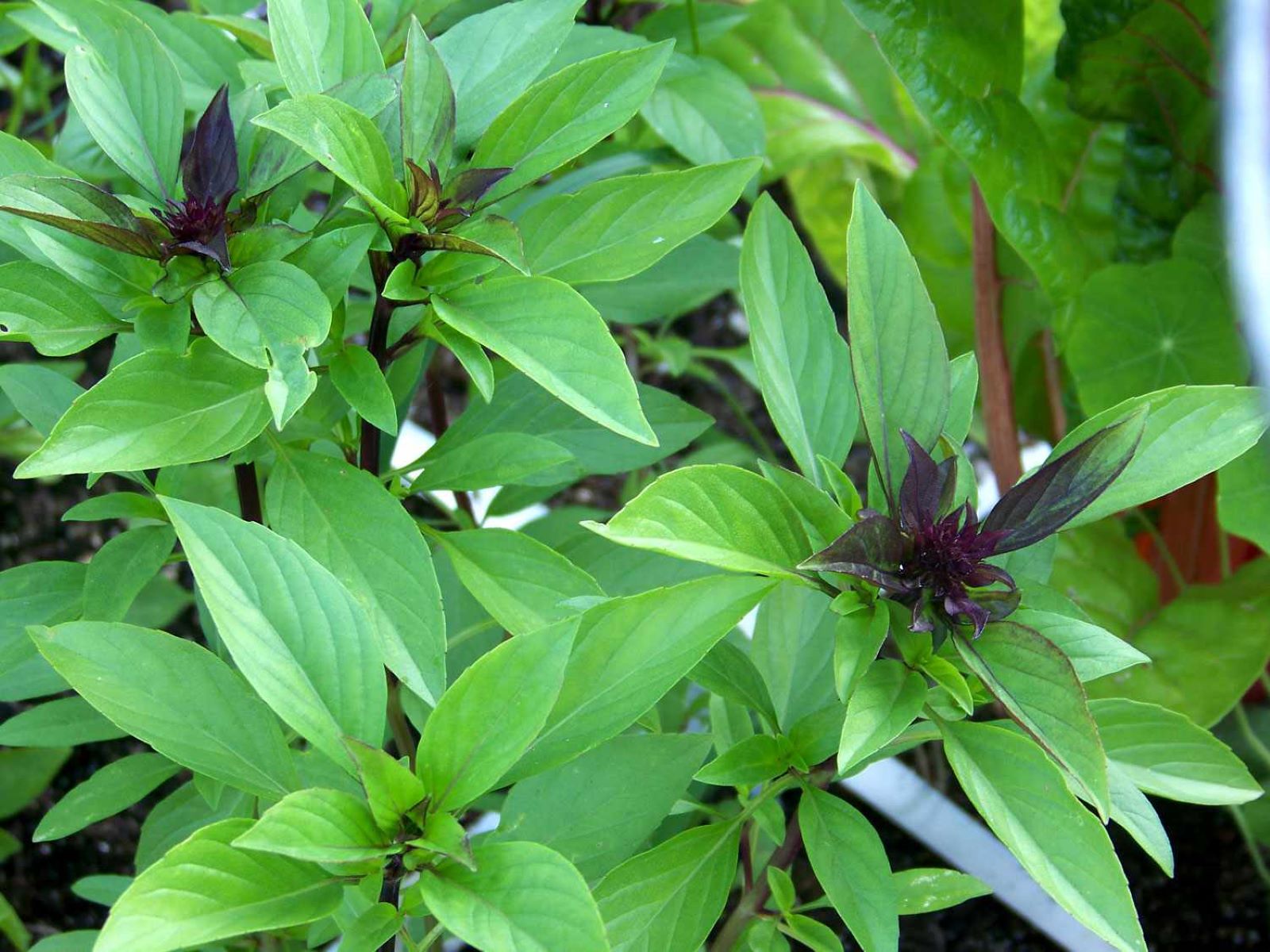


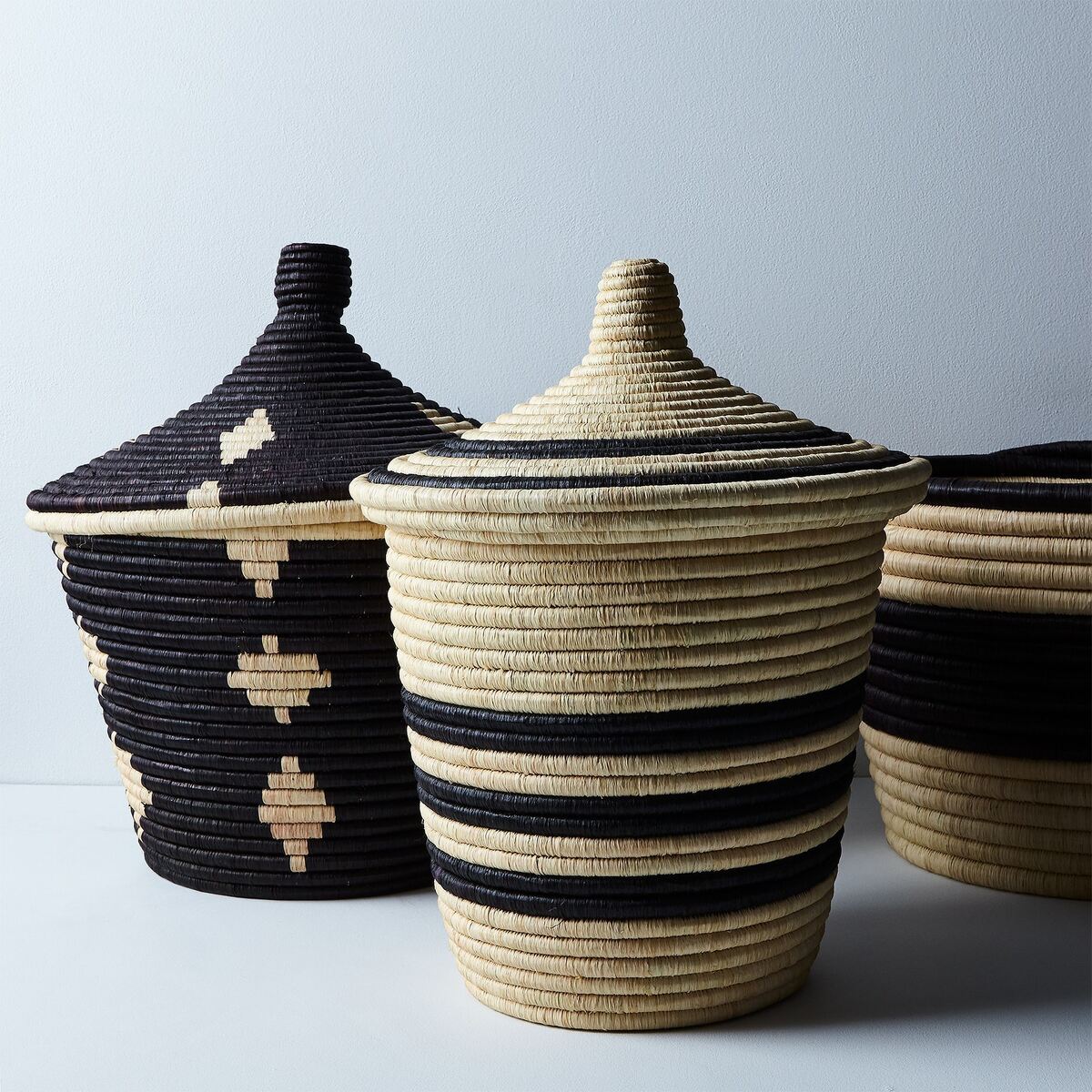
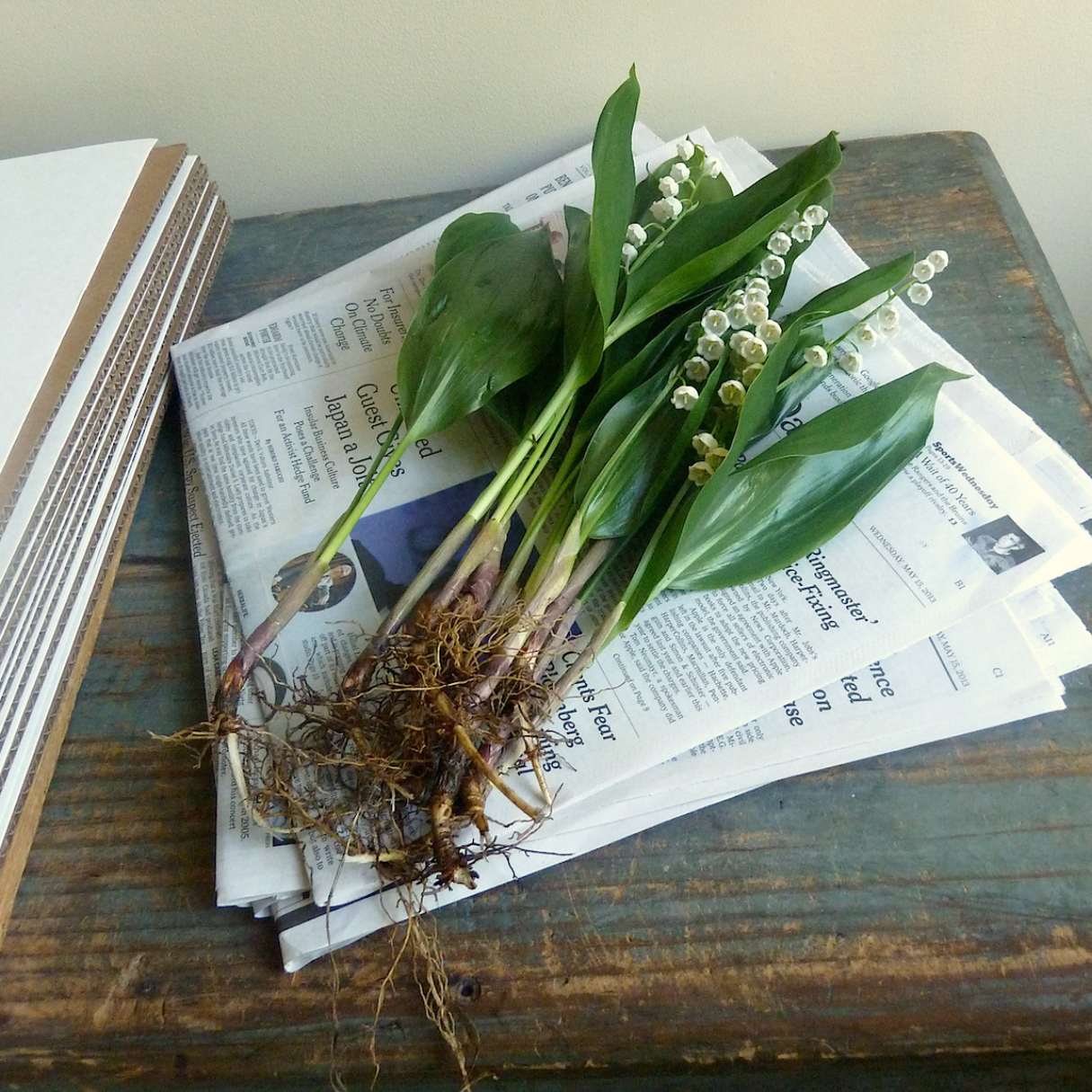
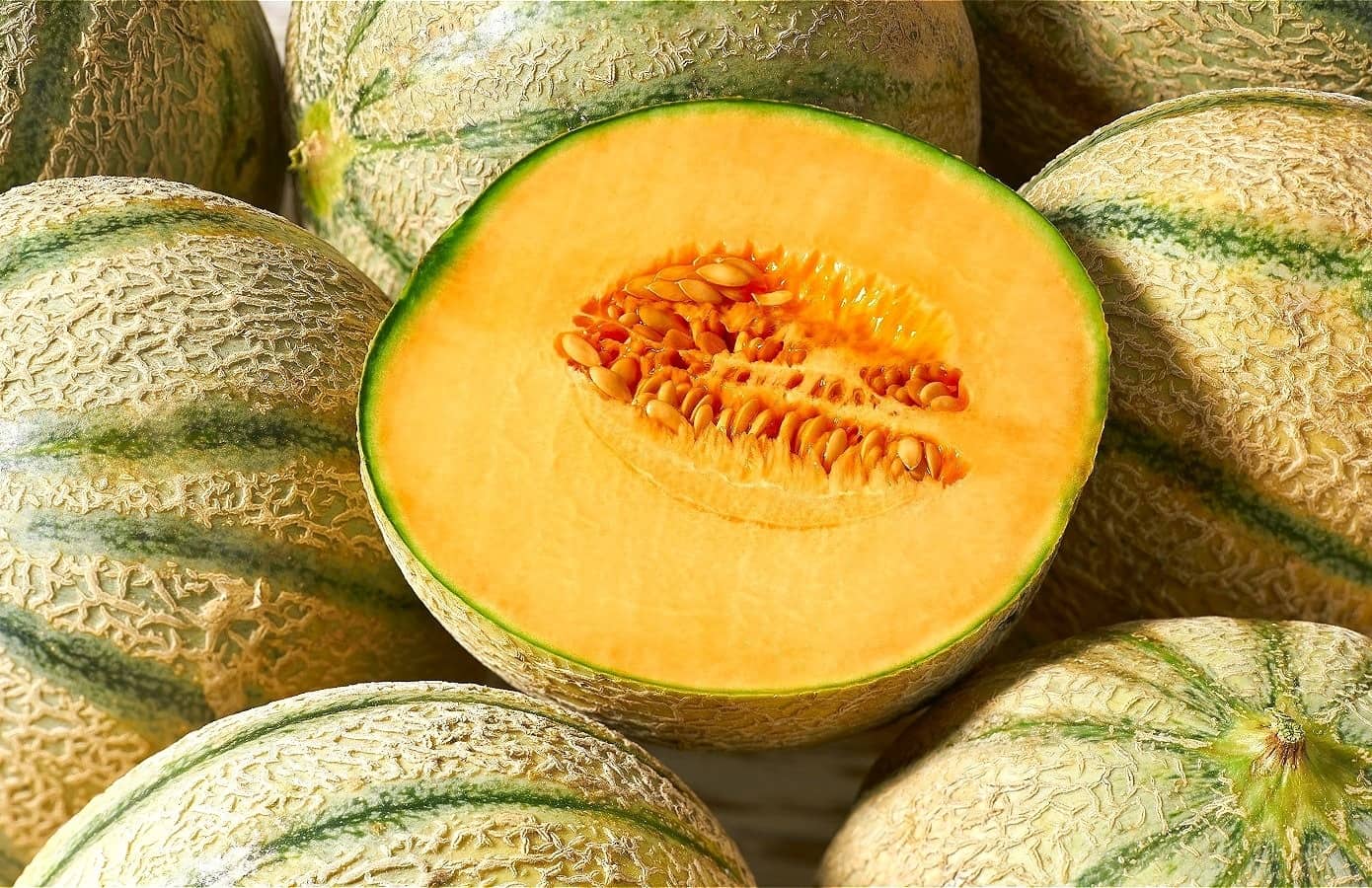

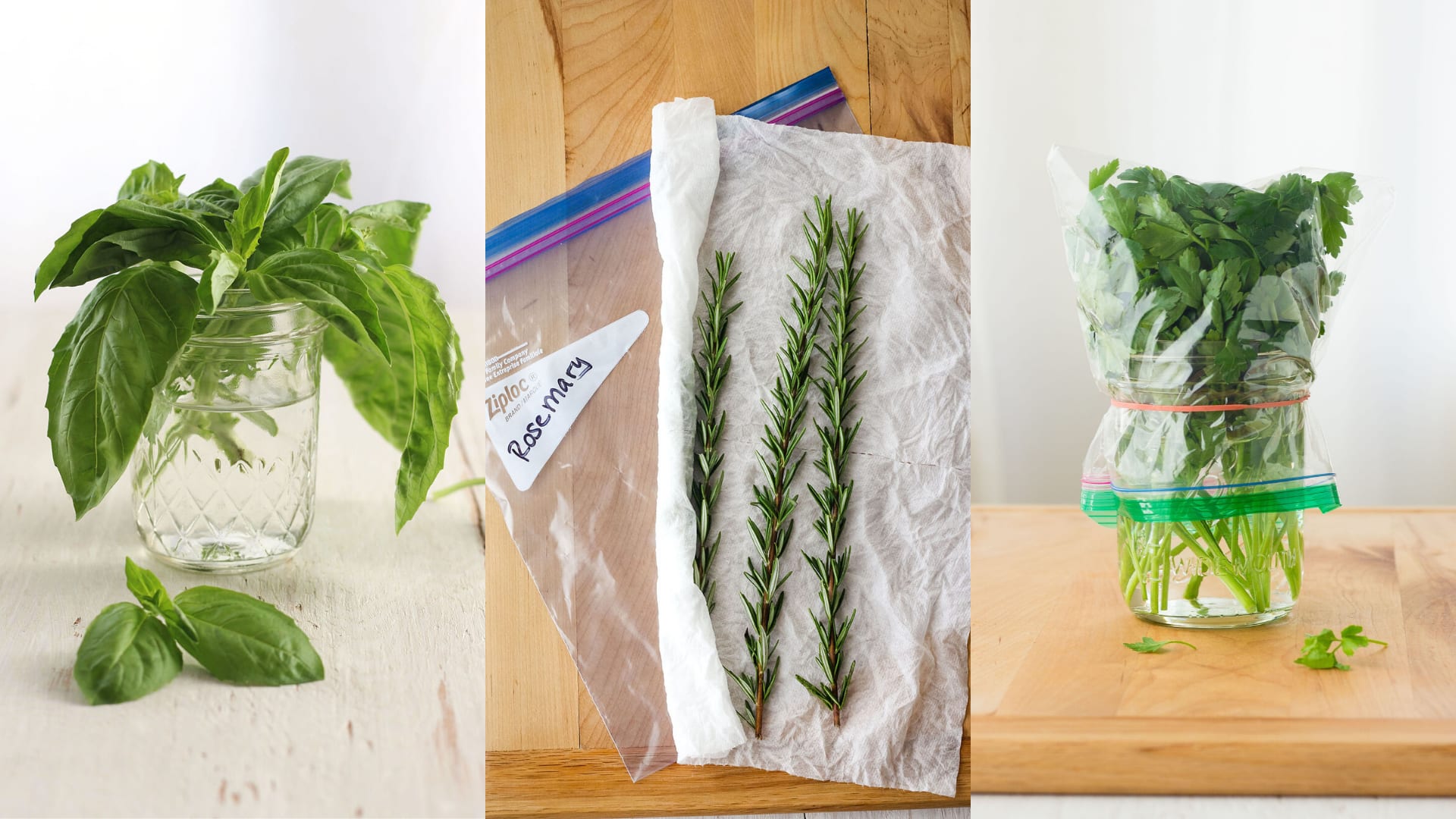
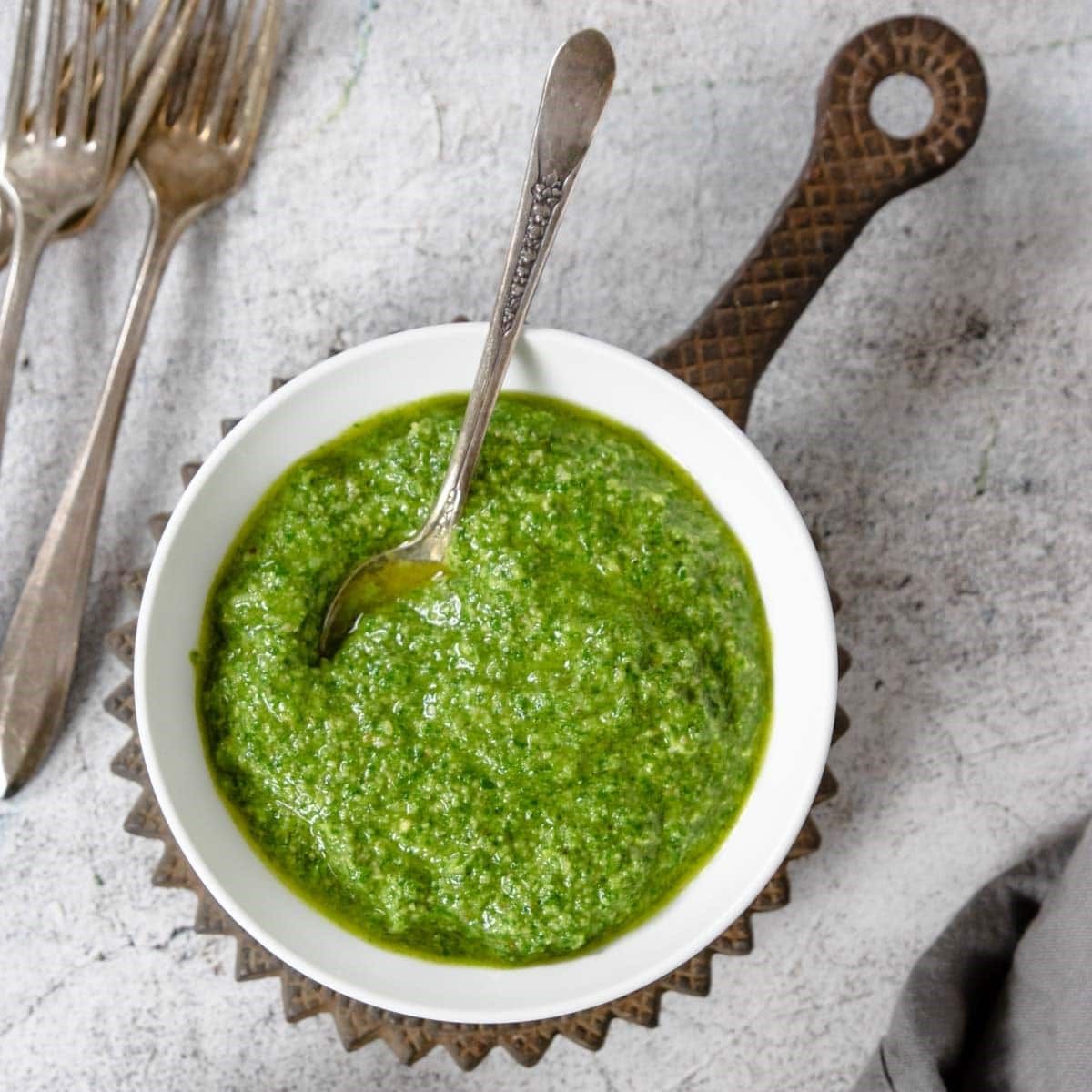
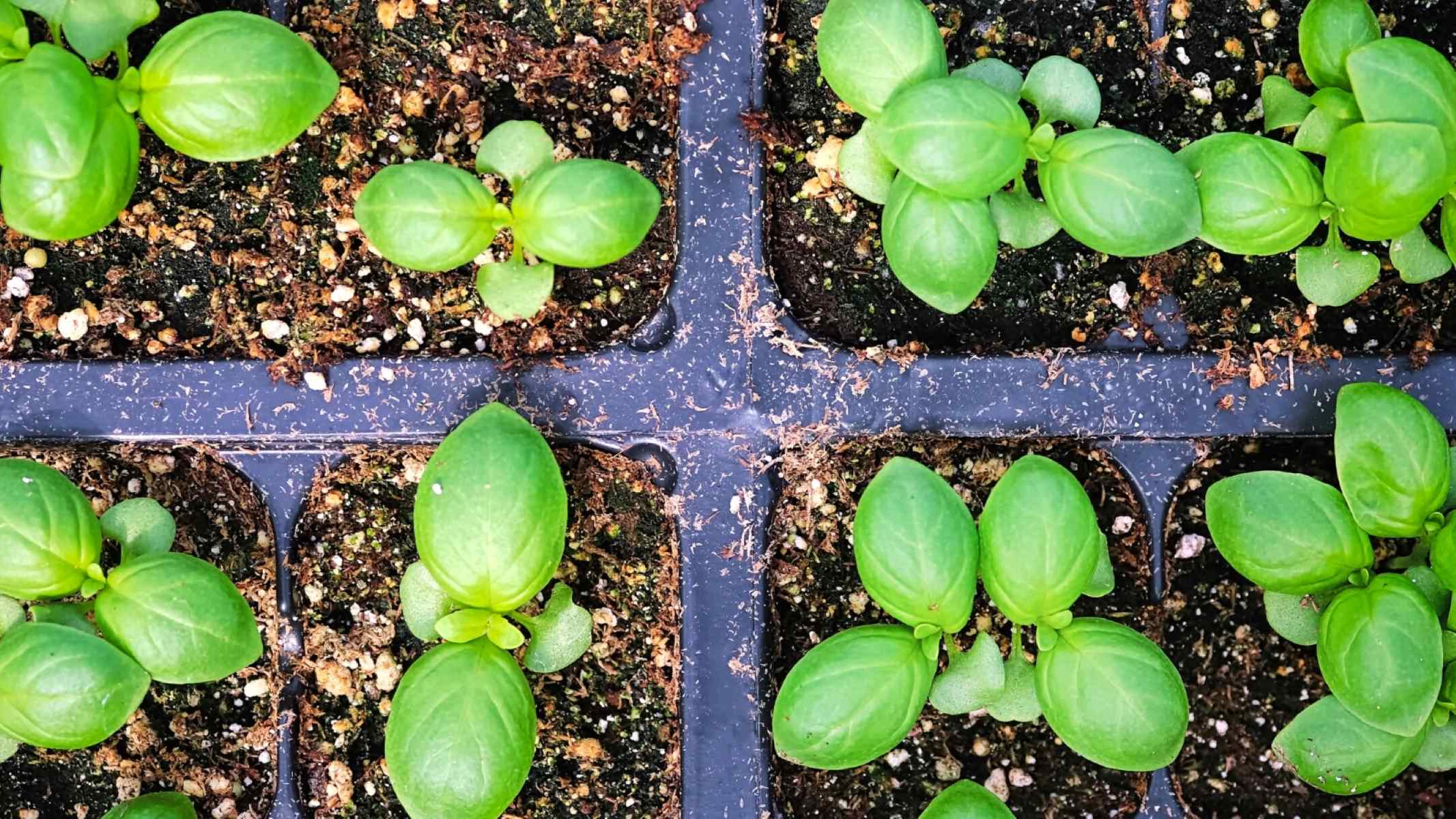
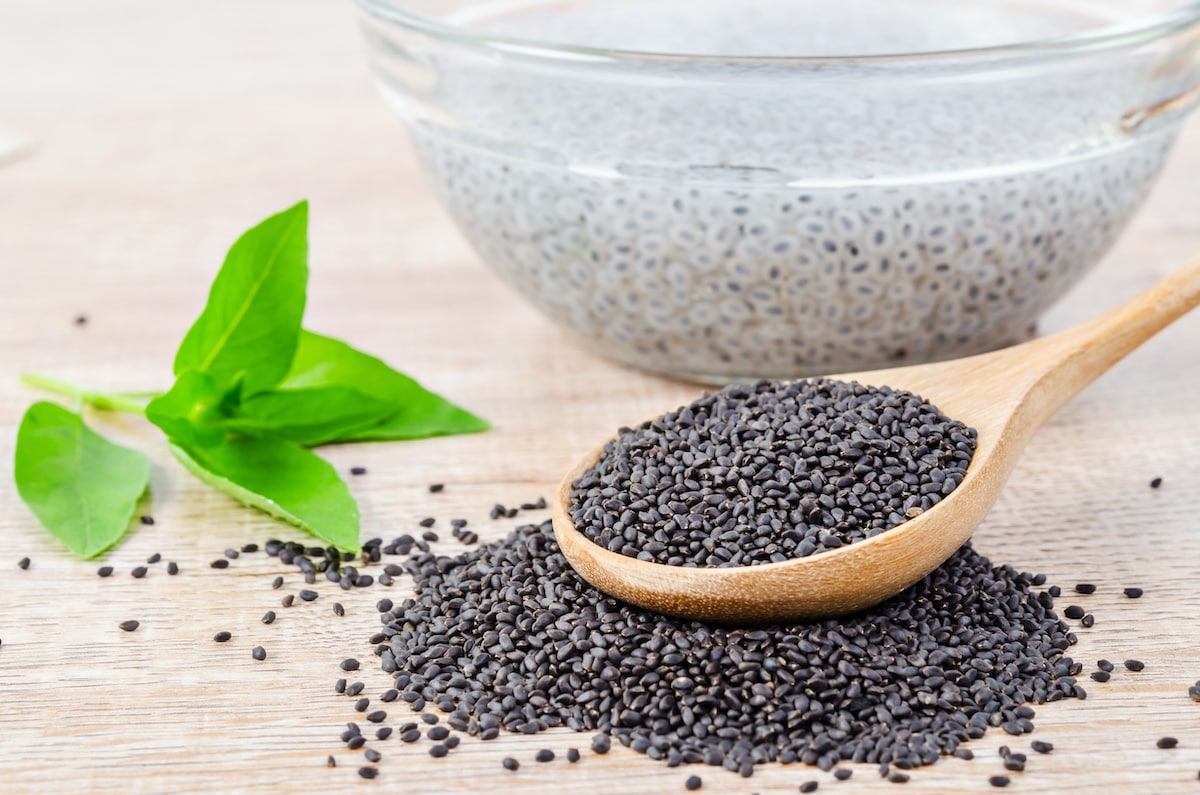
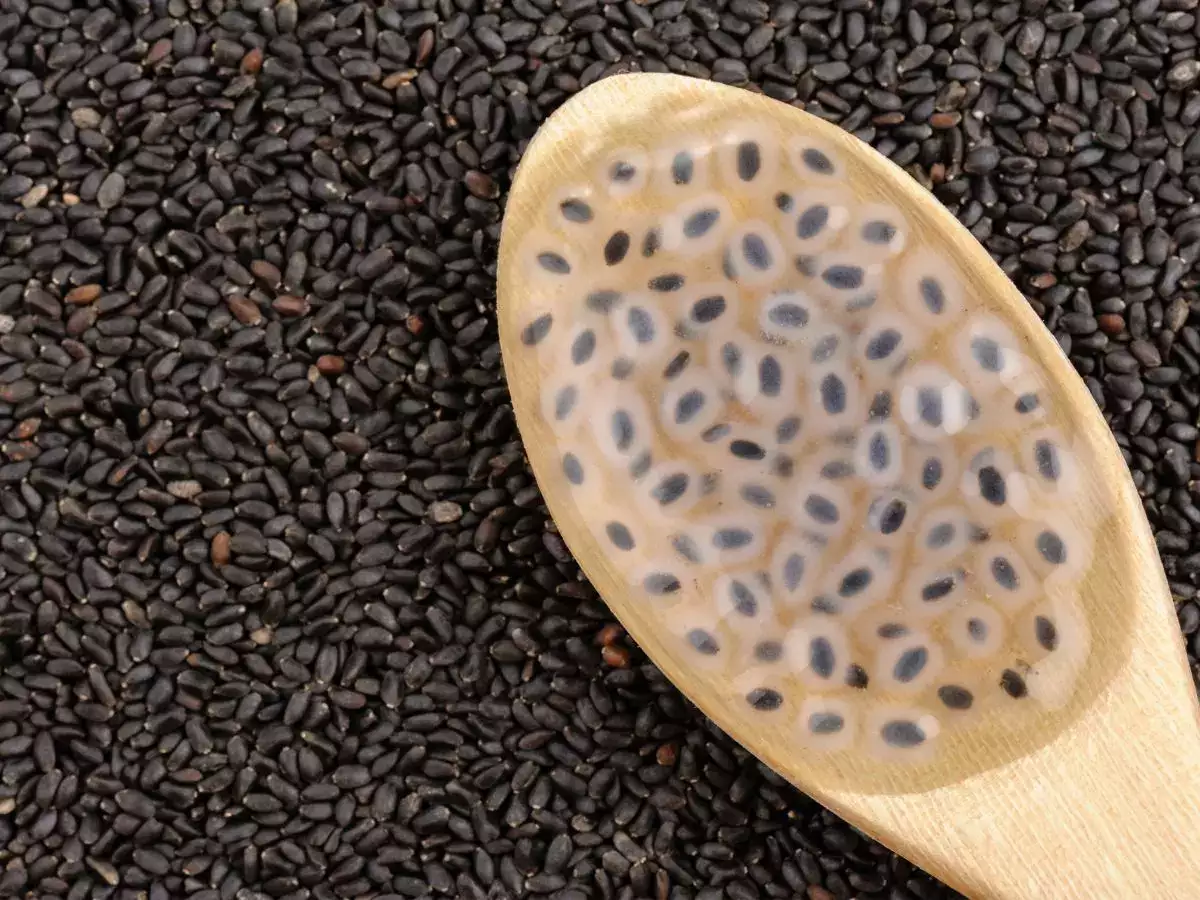

0 thoughts on “How To Preserve Basil In Freezer”